Warning Signs After Spaying a Dog: What Every Pet Owner Must Know
Spaying your dog is a common and beneficial medical procedure, helping reduce unwanted behaviors and preventing serious health issues. But post-surgery recovery is just as crucial as the operation itself. In this article, we’ll cover the most important warning signs after spaying a dog and guide you on how to care for your pet through the healing period.
Initial Care Right After Spaying Surgery
In the first 48 hours after surgery, your dog may seem drowsy or uninterested in food—this is usually normal due to the anesthesia wearing off.
To prevent licking or biting the incision site, make sure your dog wears an Elizabethan collar (also known as the cone of shame). This prevents infections and promotes clean healing.
Provide a calm, quiet, and warm resting area for your dog. Avoid stairs, running, or any form of rough play that could strain the incision.
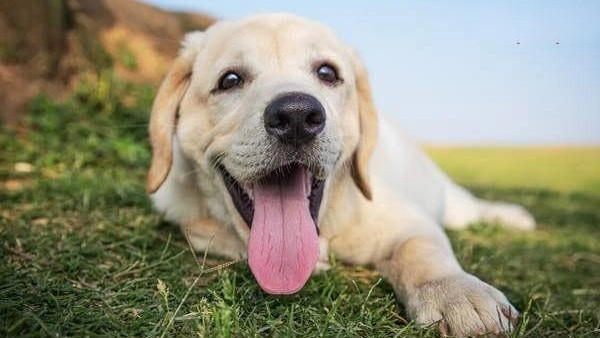
Feeding and Medication After Spaying
Offer small, easily digestible meals like boiled chicken and rice. Stick with familiar foods to avoid upsetting your dog’s stomach.
Avoid fatty or new foods during the recovery period. Any sudden changes can cause vomiting or diarrhea.
Follow your veterinarian’s instructions regarding pain relievers or antibiotics. Always finish the prescribed medication course unless otherwise advised.
Monitor your dog closely—vomiting, diarrhea, or refusing food beyond 24 hours may signal complications.
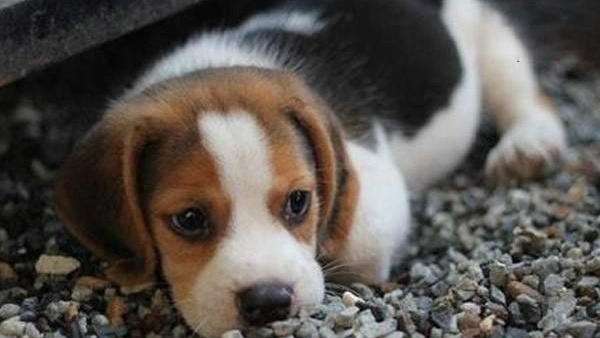
Incision Check and Warning Signs
Inspect the surgical site daily. Look for redness, swelling, oozing, or the incision opening—these are serious warning signs after spaying dog.
Keep the incision area dry. Do not allow your dog to bathe or get wet for at least 10 days.
Seek immediate veterinary care if you notice signs like heavy bleeding, fever, lethargy, or continuous vomiting. These symptoms may indicate infection or internal issues.
Most vets recommend a follow-up visit 7–10 days after surgery, especially if stitches need removal.
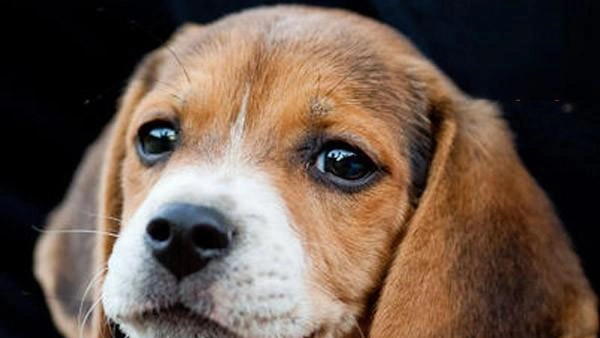
Everything Our Vets Recommend
Behavioral Changes and Mood Swings
It’s normal for dogs to act a bit withdrawn or irritable during recovery. Some may seem anxious, others might be overly clingy or quiet.
Offer gentle companionship and a peaceful environment. Avoid scolding or overstimulating your pet while they’re healing.
If your dog’s behavior doesn’t improve after a few days or worsens, speak with your veterinarian or a professional trainer to rule out underlying stress or pain.
Extra Tips for a Smooth Recovery
Create a designated recovery area such as a quiet room or a soft crate with bedding to keep your dog safe and calm.
Stick to a medication schedule and keep notes on your dog’s eating, bathroom habits, and energy levels.
Consider vet-recommended recovery supplements if your dog needs extra nutritional support.
Gradually reintroduce normal activities, but be mindful of weight gain due to reduced exercise. Post-spaying diet adjustments may be necessary.
Everything Our Vets Recommend
Frequently Asked Questions
Q1: How long does it take for a dog to recover after spaying?
A1: Most dogs recover within 7–14 days, but complete healing may take up to 3 weeks. Limit activity during this period to avoid complications.
Q2: Can I bathe my dog after spaying surgery?
A2: Avoid bathing your dog for at least 10 days after surgery. Wetting the incision too soon can increase the risk of infection. Always consult your vet before bathing.
Q3: Is it normal if my dog won’t eat after being spayed?
A3: It’s common for dogs to skip a meal after surgery. But if your dog refuses food for more than 24 hours, contact your vet immediately.
Keep Your Dog Safe After Spaying
Though spaying is a routine procedure, the recovery phase requires your full attention. How you care for your dog during this period directly impacts their healing and long-term well-being. If you’re ever unsure about any symptoms or behaviors, don’t hesitate—reach out to your vet. Your dog deserves a smooth, safe recovery.
You May Like:
- What to Do When a Dog Has a Seizure: Emergency Steps and Holistic Remedies
- Erythromycin Compounded Capsule for Dogs, Cats & Horses, 100-mg, 90 Capsules
- How to Identify and Treat Yeast Infection on Dogs Skin Naturally
- Best Skin and Coat Supplements for Dogs – Soothe Itchy Skin & Boost Shine
User Comments
Does flea treatment kill ear mites too?
Can dogs take human probiotics?
Can dogs have people probiotics safely?
Related Articles
View all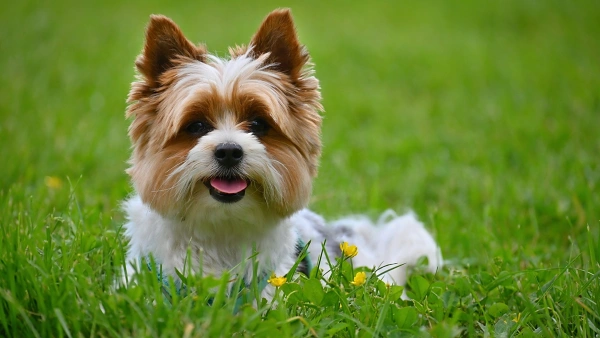
2025 Guide: Dog Probiotic Chews for Healthy Digestion
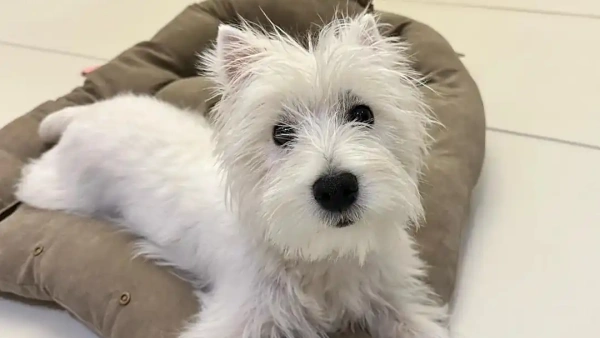
How to Soothe Dog Irritated Anus: Safe Home Remedies and Warning Signs

Warning Signs After Spaying a Dog: What Every Pet Owner Must Know
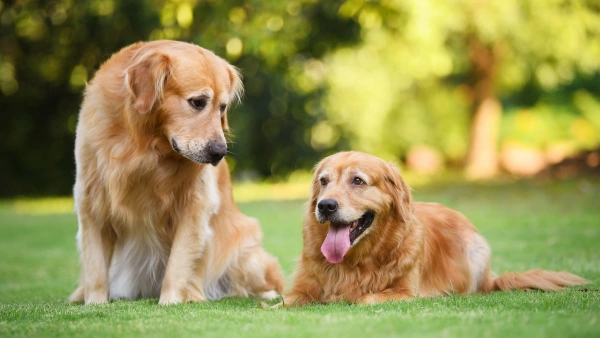
How to Treat Dogs with Urinary Tract Infection: Signs, Causes, and Best Care Tips
Related Articles
View all
2025 Guide: Dog Probiotic Chews for Healthy Digestion

How to Soothe Dog Irritated Anus: Safe Home Remedies and Warning Signs

Warning Signs After Spaying a Dog: What Every Pet Owner Must Know


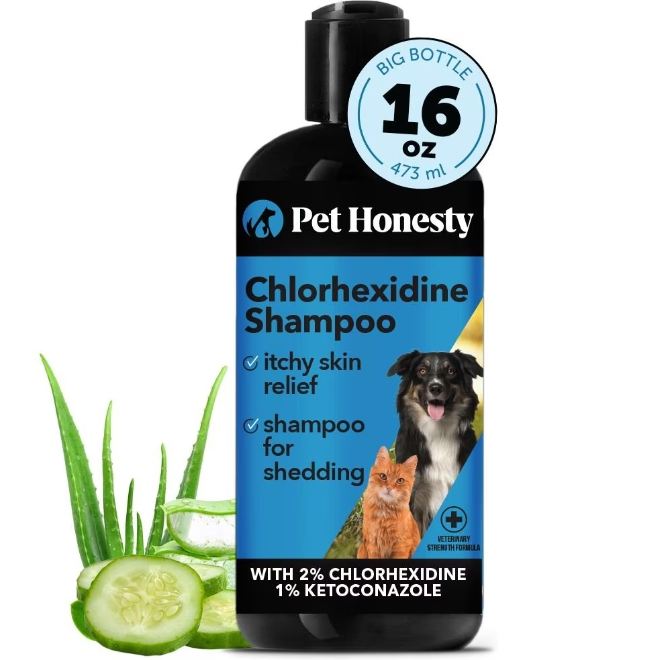
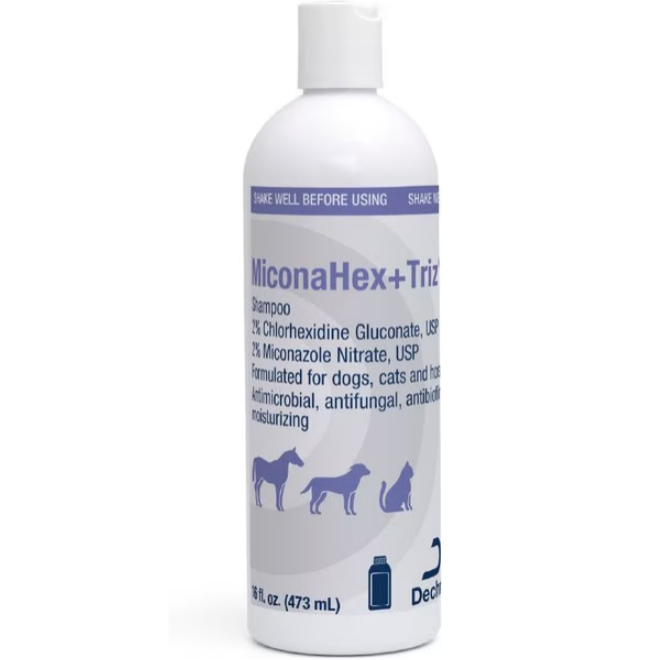
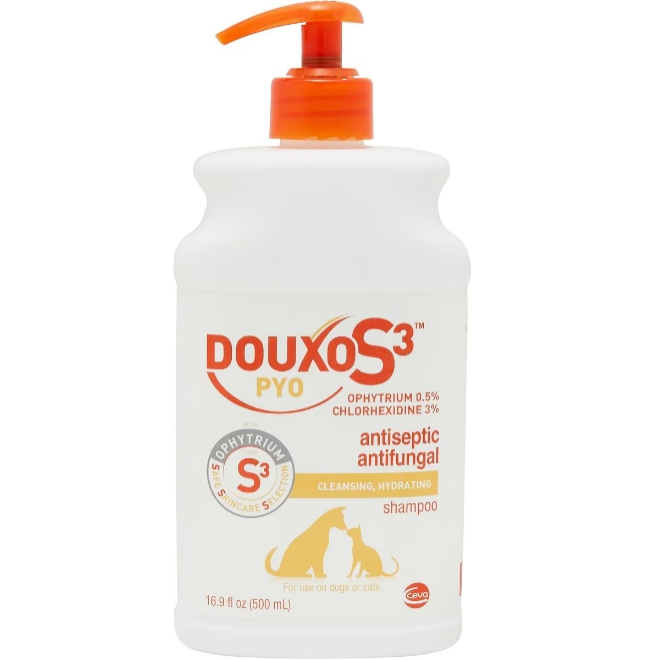
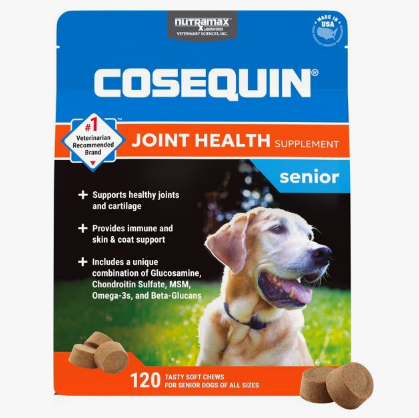
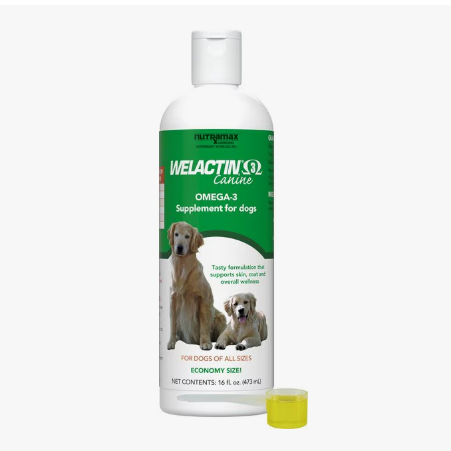
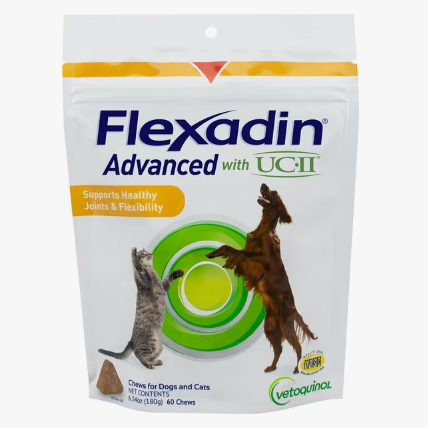
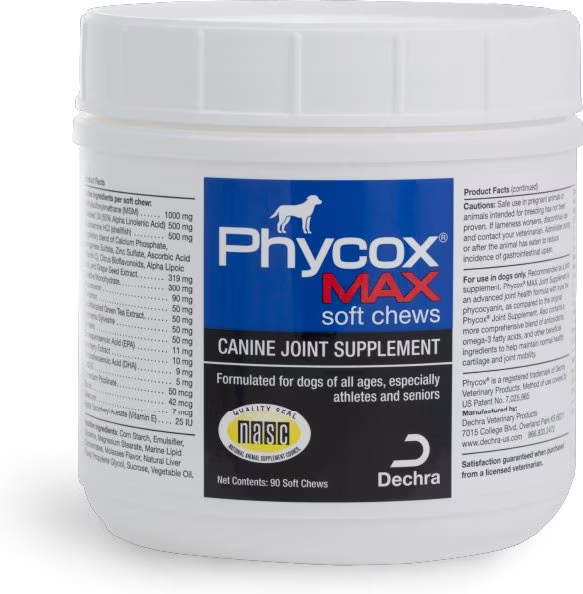








Leave a Reply